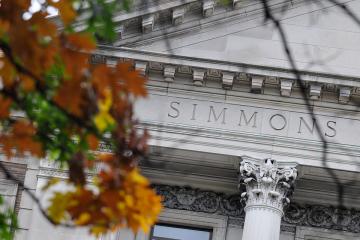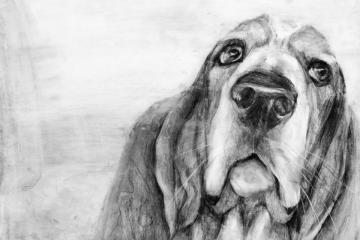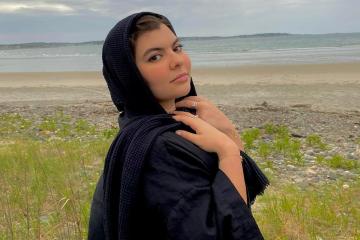Colleen Kiely is Professor of Art and has taught studio art courses at Simmons University since 2005. In addition to her regular rotation of courses, Kiely designed a unique upper level studio seminar for Simmons titled "Looking at Herself: Contemporary Women Artists and the Female Body." This course focuses on contemporary figuration by women artists in all media, exploring issues of gender and feminist art practices. Prior to joining Simmons, she taught at institutions including Bowdoin College, Massachusetts College of Art, School of the Museum of Fine Arts, Northeastern University, and Montserrat College of Art.
Kiely is an artist whose work explores preconceptions of taste, class, and meaning. Kiely's paintings and drawings are inspired by vernacular visual culture, including consumer gift items, devotional imagery and snapshots of daily life. Her work has been exhibited widely in museums and galleries in New England including the Museum of Fine Arts, Boston, The Institute of Contemporary Art and The Rose Art Museum at Brandeis. It has also been exhibited in New York, Chicago and New Delhi. Kiely has received numerous awards including the Bunting Fellowship at the Radcliffe Institute at Harvard University and three fellowships at The MacDowell Colony. Her paintings and drawings are represented in private and public collections including Fidelity Corporation, The Boston Athenaeum and The DeCordova Museum. Kiely earned her BFA in painting from Rhode Island School of Design and her MFA in painting from the School of the Museum of Fine Arts. Her work can be viewed at www.colleenkiely.com.
Courses
- ART 111 Draw What You See
- ART 112 Color Studio
- ART 183 Life Drawing
- ART 211 Drawing II: Contemporary Visions
- ART 213 Painting I: Observation to Expression
- ART 222 Collage & Mixed Media
- ART 231 Special Topics in Studio Art
- ART 331 Special Topics in Studio Art
Research/Creative Activities
Beau: Model, Muse and Collaborator
Colleen Kiely's current body of work with Beau, her basset hound, is a natural extension and inversion of that tradition. Rooted in observation, these images can be seen in many ways — portraits of Beau; documentation of an intimate relationship; a questioning of the contemporary portrait genre and a conversation with art history; an embrace of the ephemeral and a nod to mortality; explorations of the formal language of painting and drawing; and perhaps most of all, embodiments of love.






